What's the Difference Between Ragù and Ragout?
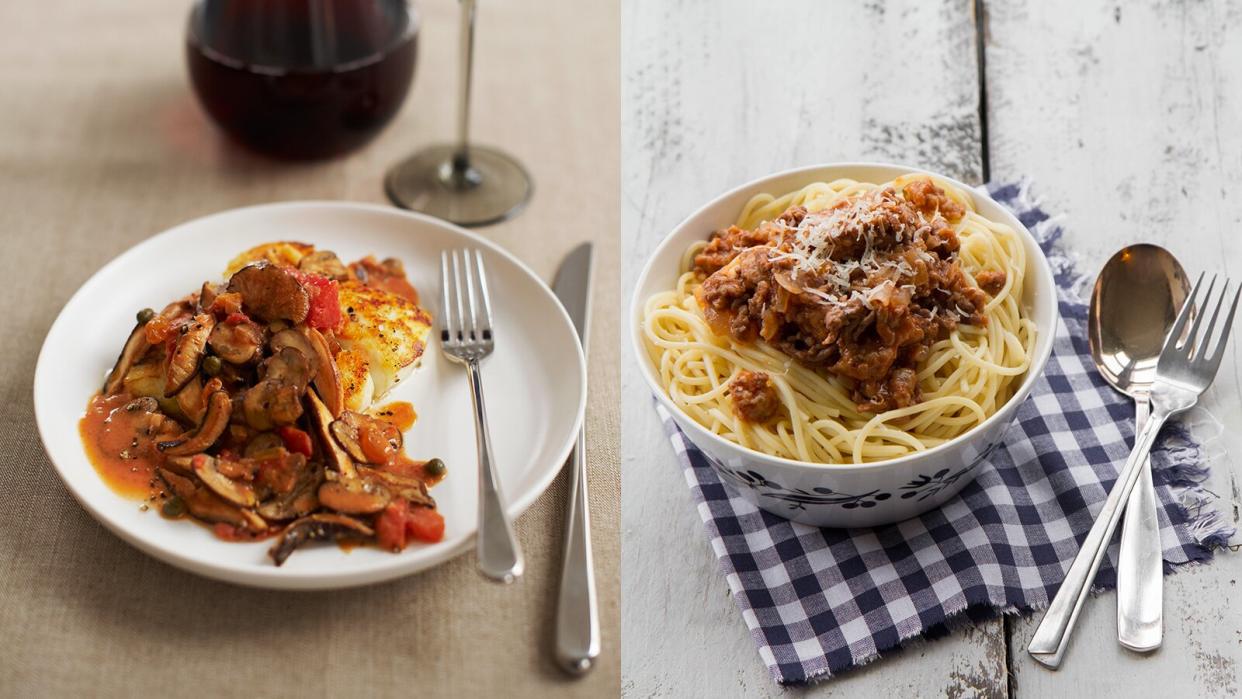
From Left: © David Malosh; © Anne Faber
They're both saucy, both hearty, and both pronounced the same way, but ragù and ragout are not the same thing. Let's break it down: Ragù is a class of Italian pasta sauces made with ground or minced meat, vegetables, and occasionally, tomatoes. Bolognese, for example, falls under the ragù umbrella. Ragout, on the other hand, is a slow-cooked French-style stew that can be made with meat or fish and vegetables — or even just vegetables. You can eat it on its own, or with a starch like polenta, couscous, or pasta.
These very different dishes have one additional, great thing in common: Both are incredibly delicious and satisfying on a cold winter night. Here, our best recipes for both ragù and ragout.
Ragout
1. Root Vegetable, Pear, and Chestnut Ragout
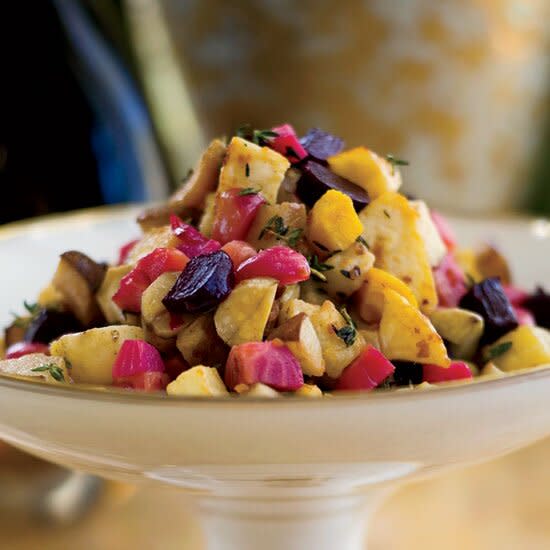
© Quentin Bacon
This ragout — slightly sweet and not too rich — is a wonderful mix of winter vegetables and fruit.
2. Very Soft Polenta with Rock Shrimp Ragout
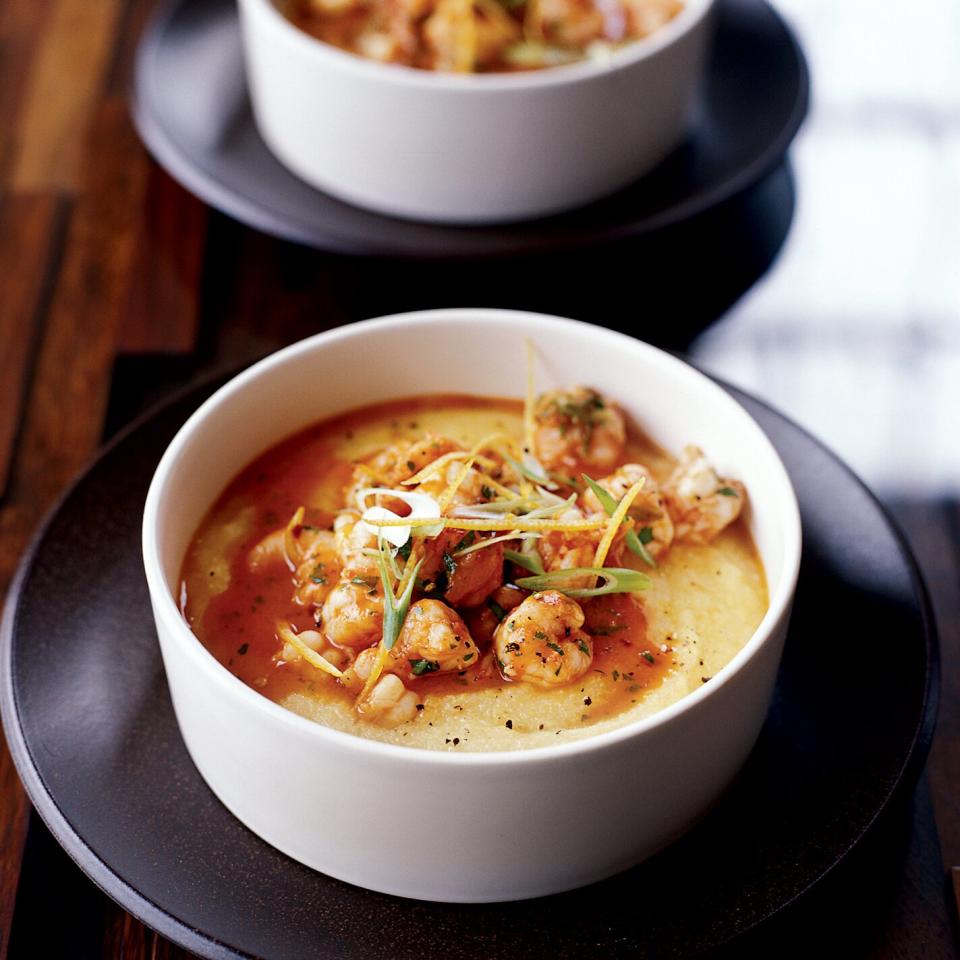
© Quentin Bacon
This is Mario Batali's variation on a classic dish from the coastal villages outside of Trieste, where the fresh seafood is among the most prized in the world.
3. Ragout of Chicken with Potatoes and Chorizo
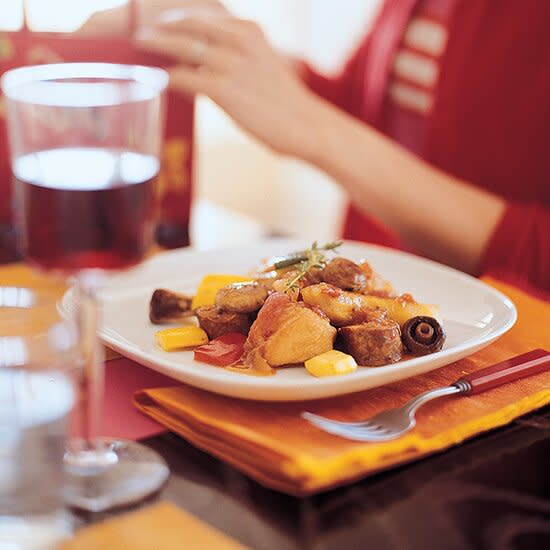
© AMY NEUNSINGER
Here's a great way to use a whole chicken — gizzards, hearts, and all.
4. Mixed Mushroom Ragout
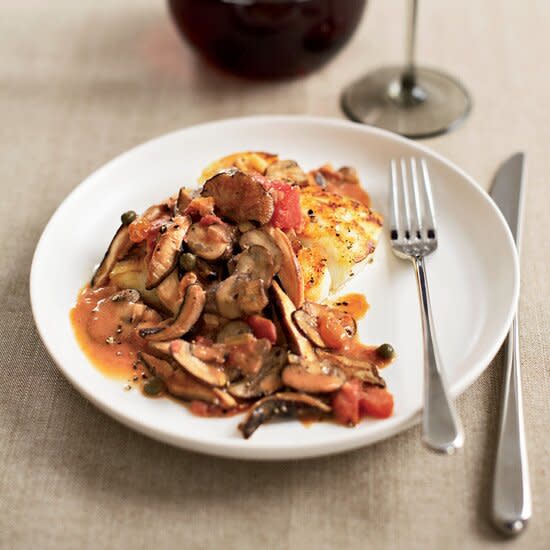
© David Malosh
Stephanie Izard's rich, chunky mushroom ragout is great on everything from seared halibut to sautéed scallops and pasta.
5. Rabbit Ragout with Soppressata and Pappardelle
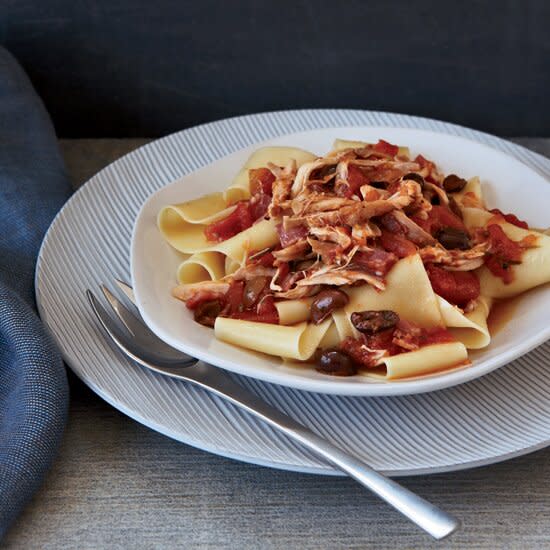
Tom Colicchio learned how to cook rabbit by reading Jacques Pépin's La Technique and La Methode. Here, he braises tender rabbit with sweet tomatoes, spicy soppressata, and olives.
Ragù
1. Butcher's Ragù with Fusilli
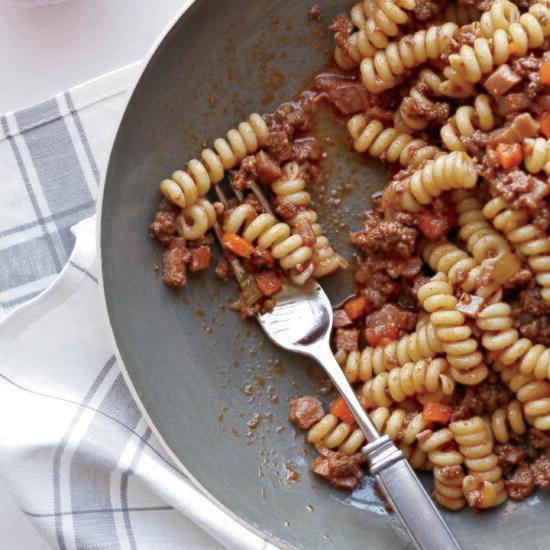
© Con Poulos
This sauce, an ever-so-slightly creamy ragù made with ground beef, pancetta, and ham, is flavored with tomato paste instead of canned tomatoes.
2. Pappardelle with Milk-Roasted Baby Goat Ragù
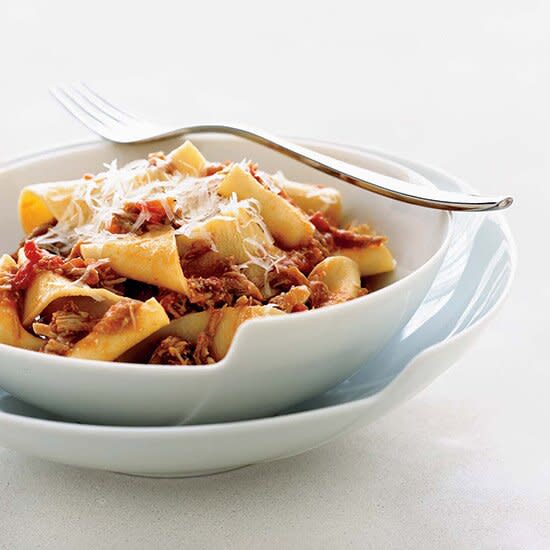
© April Williams
For the best results, make this sauce a day ahead of time. "When the ragù is allowed to cool overnight, the flavor and texture completely change," says chef Johnny Monis.
3. Pappardelle with Lamb Ragù
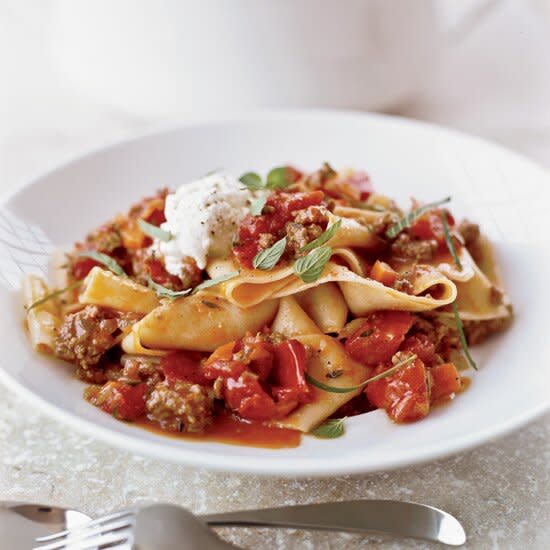
This is an easy version of chef Andrew Carmellini's wonderful pasta sauce.
4. Spaghetti with Rich Meat Ragù
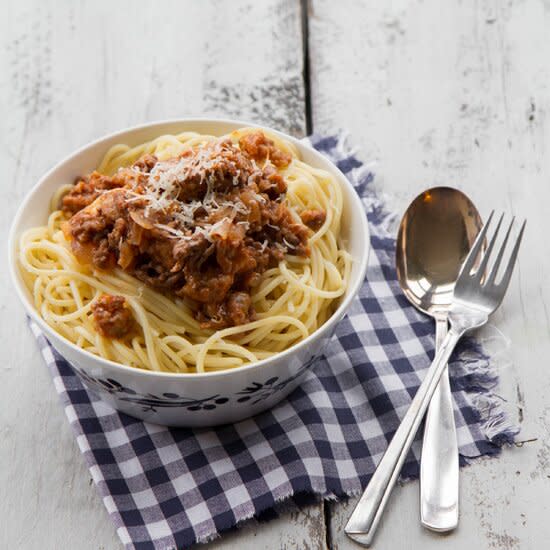
To create the flavor of a long-simmered meat ragù in a fraction of the usual time, use concentrated tomato paste and pre-seasoned Italian sausage.
5. Chicken Thigh Ragù with Pappardelle
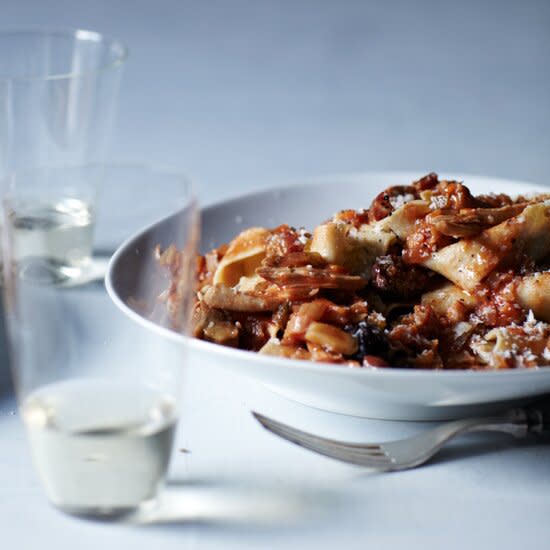
Most ragùs require beef, pork, or veal — meats that would overwhelm Justin Smillie's light tomato-and-olive sauce here — so he opts for guinea hen or rabbit. Chicken thighs are also tasty and easier to find.

